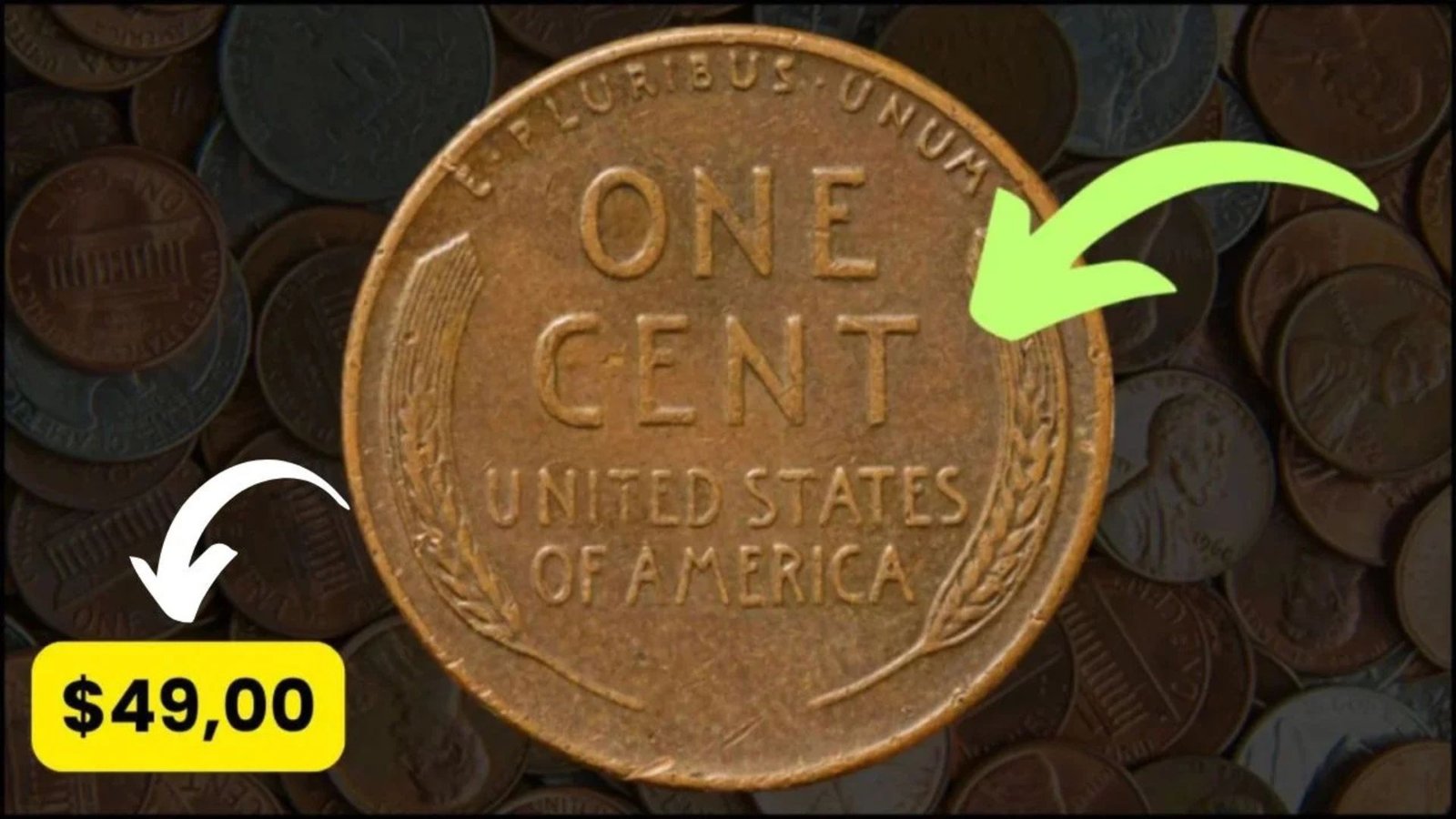Imagine digging through your pocket change and spotting a simple penny that could buy you a luxury car. That’s the thrill of the rare Lincoln Wheat Penny. Valued at up to $49,000 or more, this classic coin has numismatists buzzing. In this post, you’ll discover its history, why it’s so valuable, and if one might still be in circulation today. Stick around—you might just become a coin-hunting pro.
What Is the Lincoln Wheat Penny?
The Lincoln Wheat Penny is a beloved U.S. cent featuring Abraham Lincoln on the front and two wheat stalks on the back. Minted from 1909 to 1958, it’s a staple for hobbyists interested in rare coins.
These pennies are made mostly of copper, except during World War II. Their simple design hides potential treasures, especially rare varieties that fetch high prices.
The History and Origin of the Lincoln Wheat Penny
Introduced in 1909 to mark Lincoln’s 100th birthday, this penny replaced the Indian Head cent. Designer Victor David Brenner added his initials “VDB,” sparking controversy and creating instant rarities.
Over 49 years, billions were minted across Philadelphia, Denver, and San Francisco. Key events like the Great Depression and wars influenced production, leading to valuable errors.
Why the Lincoln Wheat Penny Is Valuable Today
In today’s market, a standard Lincoln Wheat Penny might be worth just a few cents. But rare ones? They’re gold for collectors.
Low mintage years, minting errors, and pristine condition drive values sky-high. For instance, the 1931-S penny, with only 866,000 made, can sell for $49,000 in top shape. The 1943 bronze error—meant to be steel—has hit over $1 million, but circulated ones hover around $49,000.
Demand from numismatic fans keeps prices climbing, making these rare coins smart investments.
How to Find and Benefit From Rare Lincoln Wheat Pennies
Start by checking your change or buying rolls from banks. Look for key dates like 1909-S or 1931-S.
To benefit, get coins graded by services like PCGS. Selling at auctions or to dealers can turn a find into cash. Many hobbyists build collections, enjoying the hunt while values appreciate.
Join online forums or local clubs to trade and learn. It’s a fun way to engage with numismatics.
Notable Facts and Records About Rare Coins
Did you know a 1943 bronze Lincoln Wheat Penny sold for $1.7 million in 2010? Or that only about 20 such errors exist?
Here’s a quick comparison of top valuable varieties:
| Year/Mint | Key Feature | Average Value (Circulated) | Record Auction Price |
|---|---|---|---|
| 1909-S VDB | Designer initials | $1,000 | $168,000 |
| 1914-D | Low mintage | $200 | $159,000 |
| 1931-S | Depression-era rarity | $100 | $49,200 |
| 1943 Bronze | War-time error | $50,000 | $1.7 million |
These stats show why rare Lincoln Wheat Pennies excite collectors.
Another table on condition impacts:
| Condition Grade | Description | Value Multiplier (vs. Poor) |
|---|---|---|
| Poor | Heavily worn | 1x |
| Fine | Moderate wear | 5-10x |
| Extremely Fine | Light wear | 20-50x |
| Mint State | Uncirculated | 100x+ |
Grading boosts your rare coin’s worth significantly.
Expert Tips for Numismatic Enthusiasts
Use a magnifying glass to spot errors like doubled dies. Store pennies in acid-free holders to preserve value.
Buy from reputable dealers to avoid fakes. Track market trends via apps or sites for the best selling times.
For beginners, start with affordable wheat penny sets. It’s rewarding and educational.
Frequently Asked Questions (FAQs)
What makes a Lincoln Wheat Penny rare?
Low production, errors, or unique mint marks like “S” for San Francisco.
Is the $49,000 penny still in circulation?
Possibly! Rare varieties like the 1931-S or 1943 bronze could be overlooked in change.
How do I value my Lincoln Wheat Penny?
Check date, mint mark, and condition. Use online guides or professional appraisals.
Are all wheat pennies valuable?
No, most are worth face value, but key dates shine in numismatics.
Where can I sell rare coins?
Auctions, coin shows, or online platforms like eBay with authentication.
Conclusion
In summary, the Lincoln Wheat Penny isn’t just history—it’s a potential fortune. From its origins to today’s values, these rare coins captivate. Grab a loupe, check your jars, and who knows? You might uncover a $49,000 gem. Share your finds in the comments or explore more numismatic treasures. Happy hunting!

